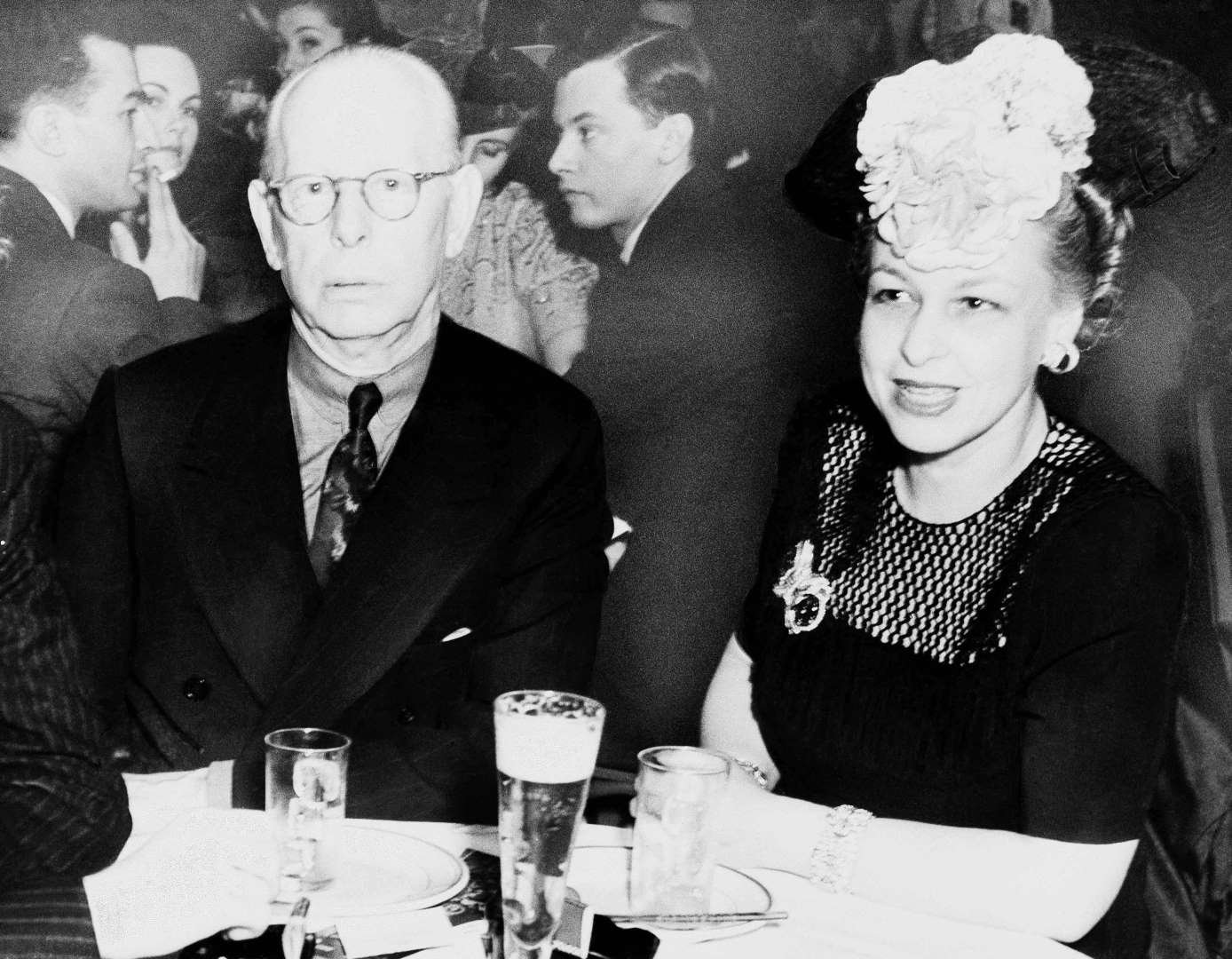
Jesse L. Livermore (1877–1940) was a renowned American stock trader and speculator, often considered one of the greatest traders of all time. He became famous for making and losing several multi-million dollar fortunes over his career, and his trading strategies and life story have inspired generations of investors and traders. Livermore is best known for his ability to time the market, his use of technical analysis, and his risk-taking approach, which earned him the nickname “Boy Plunger.”
Key Points About Jesse L. Livermore:
- Early Life and Career:
- Livermore was born in Shrewsbury, Massachusetts, and began his trading career at a young age. He started working in a stock brokerage firm in Boston as a teenager, where he developed a fascination with the stock market. He made his first significant profits by trading in “bucket shops,” where he would bet on stock price movements without actually owning the stocks.
- Trading Style:
- Livermore was a pioneer in using technical analysis and price patterns to inform his trading decisions. He believed in the importance of market timing and was known for his ability to identify and capitalize on market trends. His trading philosophy emphasized the importance of following the market’s momentum and avoiding emotional decision-making.
Key Strategies:
- Trend Following: Livermore focused on identifying and riding major market trends. He believed that “the trend is your friend” and that traders should align their positions with the prevailing market direction.
- Pyramiding: He used a method of increasing positions as a trade became profitable, known as pyramiding, which allowed him to maximize gains during strong market trends.
- Risk Management: Livermore was also known for his strict risk management rules, including cutting losses quickly and never averaging down (adding to losing positions).
- Major Trades and Market Timing:
- Livermore made and lost several fortunes throughout his career. He is particularly famous for his short selling during major market crashes, including the Panic of 1907 and the Wall Street Crash of 1929.
- Panic of 1907: Livermore made millions by shorting the market during the Panic of 1907, accurately predicting the collapse.
- Wall Street Crash of 1929: Livermore is best known for his short positions during the 1929 crash, where he reportedly made $100 million, one of the largest fortunes at the time. However, despite his success, he later lost much of this fortune due to a series of poor investments and personal issues.
- Legacy and Influence:
- Livermore’s life and trading philosophy have been the subject of many books, most notably “Reminiscences of a Stock Operator”, a classic book published in 1923 by Edwin Lefèvre, which is loosely based on Livermore’s life. The book remains a must-read for traders and investors, offering insights into market psychology and trading strategies.
- His principles, such as the importance of discipline, the significance of market timing, and the dangers of overtrading, continue to be influential in modern trading.
- Personal Life and Tragic End:
- Livermore’s personal life was marked by tragedy, including multiple marriages and financial struggles later in life. Despite his remarkable successes, he faced severe financial and emotional difficulties. In 1940, Livermore tragically took his own life, leaving behind a legacy of both brilliance and caution in the world of trading.
Conclusion:
Jesse L. Livermore is remembered as one of the most legendary and enigmatic figures in the history of stock trading. His life story, marked by extraordinary successes and devastating failures, serves as both an inspiration and a cautionary tale for traders. His pioneering techniques in market timing, trend following, and risk management remain relevant to traders and investors today. Despite his tragic end, Livermore’s influence on the world of trading continues to endure.







